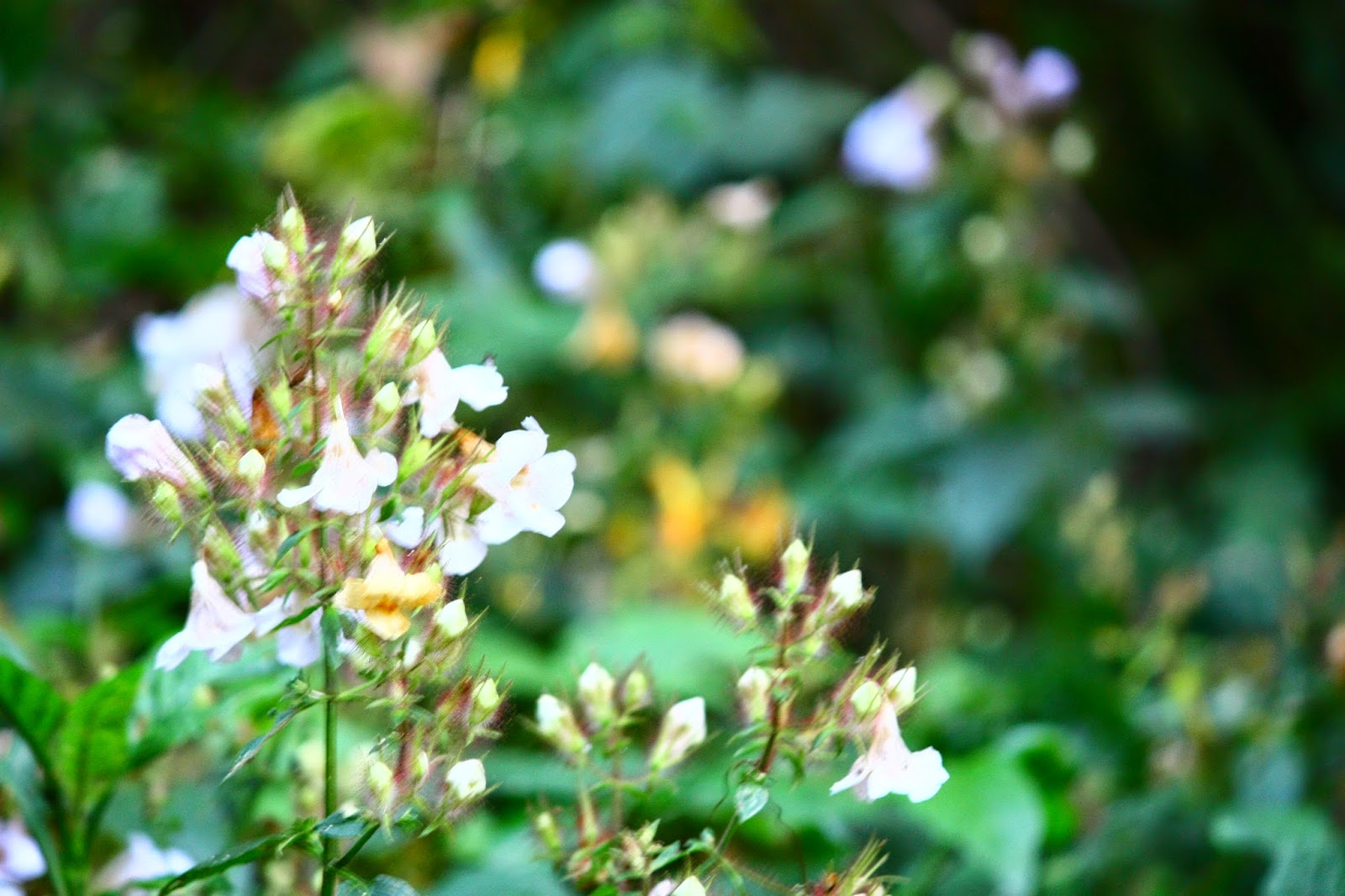We began our time in Nyungwe National Forest, Rwanda by tracking chimpanzees--a much easier venture than finding gorillas! We spotted about three chimpanzees in total and the highlight was watching this big adult male eat his breakfast of figs, spit out his breakfast into one big handful of fig-rinds, then re-eat the fig paste (it looked like eating poo, ha ha).
I remember making eye contact with the chimpanzee and having that weird moment when your mind interprets what you see as a human face--I remember making eye contact--then feeling a strange sensation as I came to the realization that this animal had just connected with me in some way.
One of my lasting thoughts after seeing the chimps was, could this really be our closest living ancestor? I mean, we need to go way back (about 8 million years) before we get to a time when we share a common ancestor. That is a long time and it is weird to think of all the species of bipedal hominids that must have been brought into this world, then died off again, during that period. It is fascinating for me to think of the Planet of the Apes-like scenarios that could have played out as different species of bipedal hominids fought and killed each other. Even chimpanzees kill and eat each other--something you can imagine our ancestors have been doing in the practice of war for a loooooong time. Brutal, but certainly interesting.
 |
| It's tough to imagine, but sometimes watching one chimpanzee for 45 minutes can get boring. This bee was a good target for camera focusing practice! |
 |
| The older male chimpanzee sat and ate these figs for the entire time we were watching. The guide said that he would only swallow the juice and kept the rinds in his mouth. Eventually, he spit the rinds back out...see below. |
 |
| At this moment, Jennifer decided to take a load off and squatted down on the ground. It took a minute to notice she was sitting in the same pose as the chimp. |
 |
| This was the money shot--watching the chimpanzee eat the rinds for a second time got all of the viewers laughing. It looks like something that is supposed to come out the other end! |
 |
| And back to eating. |
 |
| These are what English-speaking scientists call buttressing roots. They support trees in rain forest areas because the soil is often saturated with water. |

























No comments:
Post a Comment